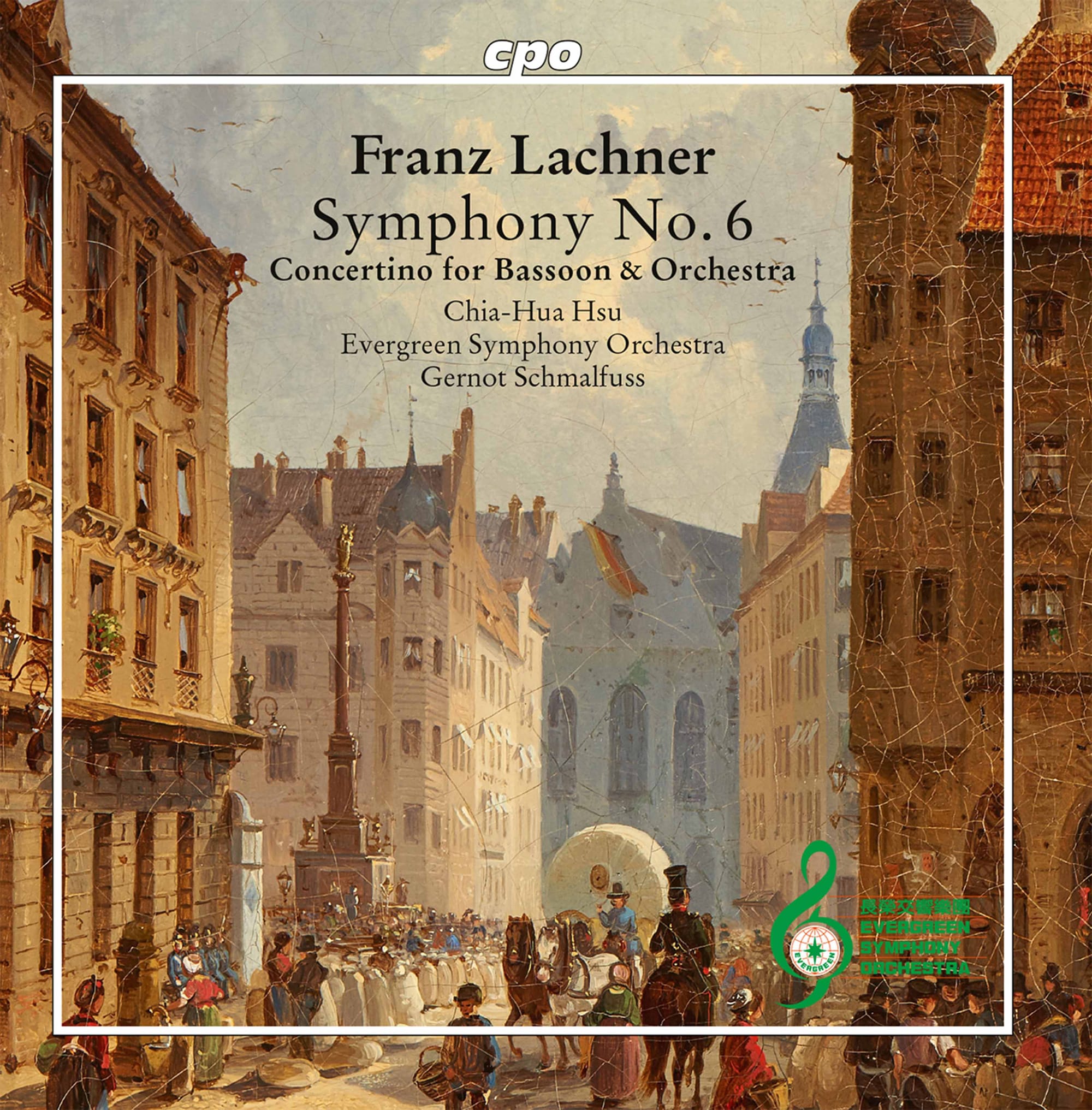Meeting Franz Lachner: the Sixth Symphony on cpo
The repertoire might be off the beaten track, but what delights await!

A masterly order and clarity reigns in this symphony, a lightness and euphony, in a word, it is so mature and well-formed that we an readily award the composer a spot in the near vicinity of his preferred model, Franz Schubert
So wrote one Robert Schumann of Franz Lachner's Sixth Symphony. Born on April 2, 1803, both of Lachner's parents were organists (although his father was a clock-maker by trade). He arrived in Vienna via Munich (he was appointed Kapellmeister there in 1836(, and it was in the Austrian capital he became part of the circle around Schubert himself.
The Sixth Symphony was completed in February 1837 (and premiered in Munich in April of that year, under the composer's baton). The first movement opens gently, easing itself in. Certainly it does so in this most affectionate performance:
Schubert's influence is immediately evident in the harmonies. Even the climaxes sound Schubertian. The real characteristic though is an easy and logical flow throughout. The Evergreen Symphony Orchestra (from Taiwan) under Gernot Schmalfuss give everything. High violins are tested in Lachner's score and come out on top; balance is superb throughout, as is the recording (made in the Keelung City Cultural Centre in Taiwan). So is linear clarity (there's a fair amount of counterpoint here). When the music demands rigour (as it does from time to time: a contrapuntal passage in the first movement that strides off determinedly: it turns out to be a good olf Handelian double fugue!) the Evergreens are right there, and there is an infectious enthusiasm that suffuses the performance.
Some critics have been disparaging of the slow movement, an Andante, but not me. It is a dream, static at heart and blissfully so. Texturally, Lachner's string writing is blissfully slight and transparent, his woodwind writing beautifully expressive (especially notable in this radiant performance):
The Scherzo is fascinating. It has something of the mechanistic about it (perhaps his father's clocks had a subliminal say in it!). The Taiwanese players dig in nicely; at other times they dance in an almost but not quite Mendelssohnian way. It is a fabulous movement:
The finale has moments of woodwind pastoral joy, a sort of Mendelssohn-Schumann cross-breed in feel; and yet at one point near the end it threatens to whirl off into a Brahms Hungarian Dance. It is all wonderful fun, and a stieling introduction to a composer we should all know more about (he also wrote an oratorio on Moses: that I should like to hear!)
... and so to an innocuous-sounding Concertino for bassoon and orchestra, headed here by the superb Chua-Hua Hsu, the Evergreen's evergreen principal bassoonist. Do I hear touches of Weber in the horns in the extended orchestral exposition?. This piece dates from Lachner's Viennese years and was written in 1824 and is one of Lachner's earliest surviving compositions.
The soloist announces himself with a flourish. I like Hsu's tone very much: reedy, woody and strong but not over-heavy in the lower register. He's agile, too (and needs to be). Particularly noteworthy is a lovely, lullaby-like gently rocking background in the second movement to a lyrical melody that Hsu absolutely gobbles up in its deliciousness, culminating in a cadenza that takes Hsu right to the very top of his instrument's range:
The finale is a Rondo (Allegretto) that speaks of all things good and wholesome, a wonderful way to close the disc.Listen to those cheeky flute interjections:
A truly lovely disc. The repertoire might be off the beaten track, but what delights await!
